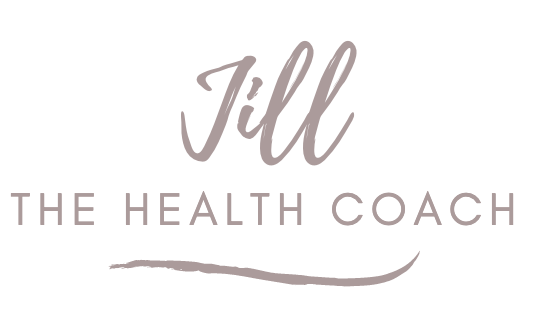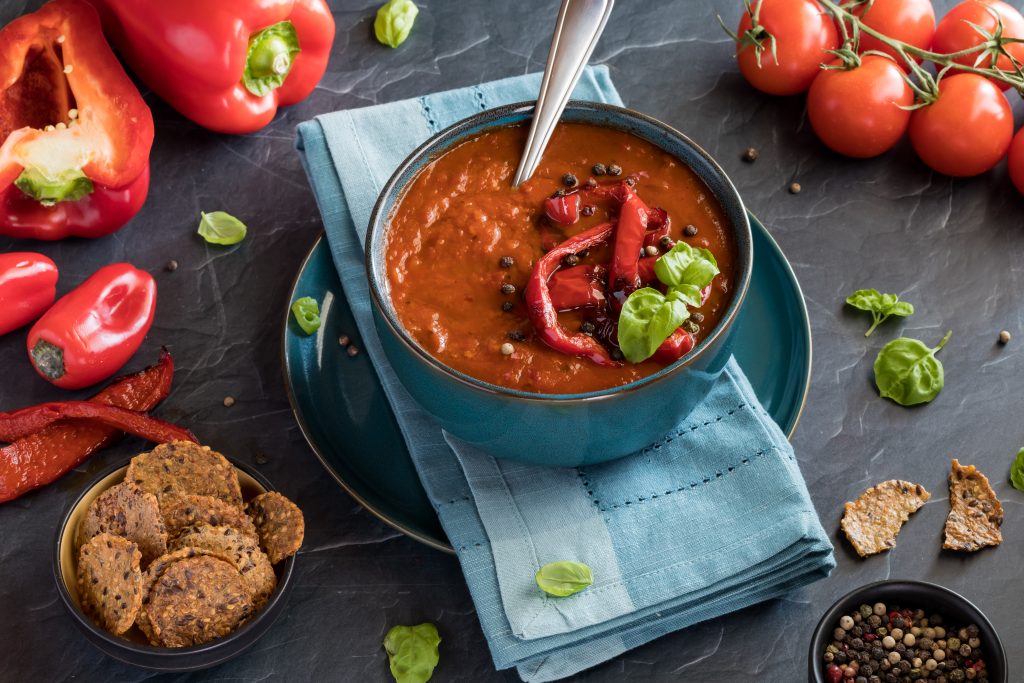Many of my clients have a variety of symptoms as they are inflamed from years of eating acidic foods and processed foods.
The first step is to stop putting more gas on the fire. So, I have them cut out the main offending inflammatory foods such as wheat, dairy, soy, corn and sometimes even eggs.
Most feel better after eliminating these big offenders.
However, some don’t feel better even after introducing many one-ingredient foods that come straight from nature such as vegetables, fruit and beans.
Some experience gas and bloating and still can’t seem to release the weight.
How can eating one-ingredient foods work against some people?
Well, Tom Brady and Gisele Budchen figured it out. They went on an anti-inflammatory diet that is free the above main offenders but ALSO lectins.
Lectins?
These are naturally occurring proteins found in most plants that bind to carbohydrates. They are a plant’s natural defense against predators eating them as they essentially can act as toxins. These are also referred as anti-nutrients since they can reduce the body’s ability to absorb nutrients.
Lectins can be found in grains like wheat, corn, corn-fed meats and dairy from A1 Casein Milk, some nuts and seeds. They are also concentrated in the peels and seeds of many common veggies. By simply peeling and de-seeding certain veggies such as tomatoes, peppers, cucumbers, etc. it reduces their lectin content and therefore can be eaten without feeling effects of eating lectins.
Dr. Steven Gundry, cardiologist and author of The Plant Paradox. The Hidden Dangers in “Healthy” Foods That Cause Disease and Weight Gain, claims that lectins in certain healthy plant foods are highly toxic to the gut and can therefore contribute to a variety of diseases and retention of weight.
So, by simply eliminating foods with high lectin values, Gundry claims that it can bring down inflammation and reverse disease states and help the body naturally go to its optimal weight.
He suggests limiting the following foods containing lectins:
- Beans and legumes
- Grains – gluten AND gluten-free substitutes
- Squash – you may eat if peeled and seeded
- Nightshades – eggplant, pepper, potatoes and tomatoes
- In Season Fruit – may eat in moderation
Gundry suggests eliminating the following entirely:
Corn and corn-fed meats
- Dairy from A1 Casein Milk – may have A2 milk and goats’ milk
Enjoy the following low-lectin/lectin-free foods:
- Sweet Potatoes and Yucca
- Leafy Greens – lettuces, endive, spinach, parsley, seaweed vegetables
- Cruciferous and other Veggies – broccoli, cauliflower, Brussels sprouts, asparagus, garlic, celery, mushrooms, onions
- Avocado
- Olives and EVOO
If you still want to eat lectin-containing foods, you can cook down foods such as tomatoes, potatoes, beans and quinoa in a pressure cooker or Instant Pot that will reduce the amount of lectins.
When eating fruits or vegetables, try peeling and deseeding them as the skin and seeds hold the majority of lectins.
While we tout brown rice as the healthier version over white due to more natural fiber, etc., white rice actually has less lectins.
Most canned beans have lectins. However, I buy Eden Organic as they cook their beans in a pressure cooker thereby greatly reducing the amount of lectins.
The bottom line is to experiment, as everyone is different. If you have gotten off the wheat, dairy, soy, corn and eggs but still seem bloated and don’t feel better, try giving up lectins. It may be your magic bullet.
“It is our choices that show what we truly are far more than our abilities.”
Live well and love more,
Jill Gordon
CHHC, CCHt, PNLP, CLC, Digestive Health Specialist
Certified Holistic Health Counselor, Certified Clinical Hypnotherapist, Certified Practitioner of Neuro Linguistic Programming, Certified Life Coach
All material in this newsletter is provided for information only and may not be construed as medical advice or instruction. No action or inaction should be taken based solely on the contents of this publication;instead readers should consult appropriate health professionals on any matter relating to their health and well-being. The information provided has not been approved the Food & Drug Administration and is not intended to diagnose, treat, cure, or prevent any illness or disease.

